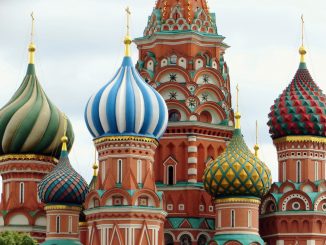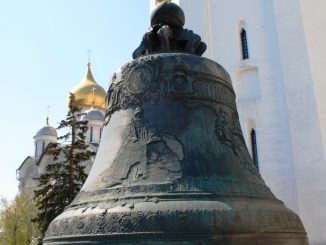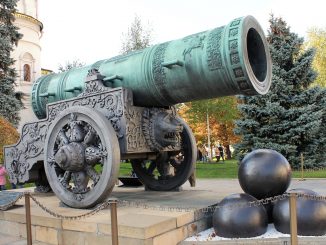
The official residence of Russia’s royal family from 1731 to 1917, the Winter Palace is now a popular tourist attraction and part of a large complex of buildings housing the State Hermitage Museum in Saint Petersburg, Russia. Located between the Palace embankment and the Palace Square, the building we see today was actually the fourth Winter Palace, and was continuously renovated and altered for more than a hundred years after being built. In 1837 the interior of the Winter Palace was damaged quite badly by fire, but due to its importance was immediately rebuilt with the best materials the monarchy could gather. The green and white exterior of the palace, designed in what we now call the Elizabethan Baroque style was largely left untouched by the 1837 fire.
Constructed on a scale intended to reflect the power of Imperial Russia, the Winter Palace is a monumentally giant building. Since it was home to the Tsar when he ruled more than 125 million people, its grandeur was almost a requirement. Starting in the early 1900s, the Imperial Family used the Winter Palace only for formal and state occasions, choosing instead to live in the more secluded Alexander Palace once known as a royal retreat. After the February Revolution of 1917, the palace became the de facto seat of the Russian Provisional Government.
Winter Palace Facts
- The Bloody Sunday massacre in 1905 occurred when demonstrators marched towards the Winter Castle, but the Imperial family was not living there at the time.
- The Winter Palace contains 1,786 doors, 1,945 windows, 1,057 rooms, and 117 staircases.
- More than 4,000 masons, plasterers, modelers, and painters built the Winter Palace, and during this time they were forced to live in small tents under the worst possible conditions.
- From 1754 to 1762 there was construction on the palace and during this time it became the tallest building in St. Petersburg.
- When construction on the Palace was complete the area in front was littered with debris. Emperor Peter III allowed “normal people” to take as much debris as they wanted and within hours it had all been cleared away.
- 6,000 workmen restored the Palace after the 1837 fire in 15 months by working 24 hours a day.
- Intended to reflect the might and majesty of the Russian Empire, the Winter Palace is an absolutely monumental structure. The main façade alone is 150 meters long, and 30 meters tall.


